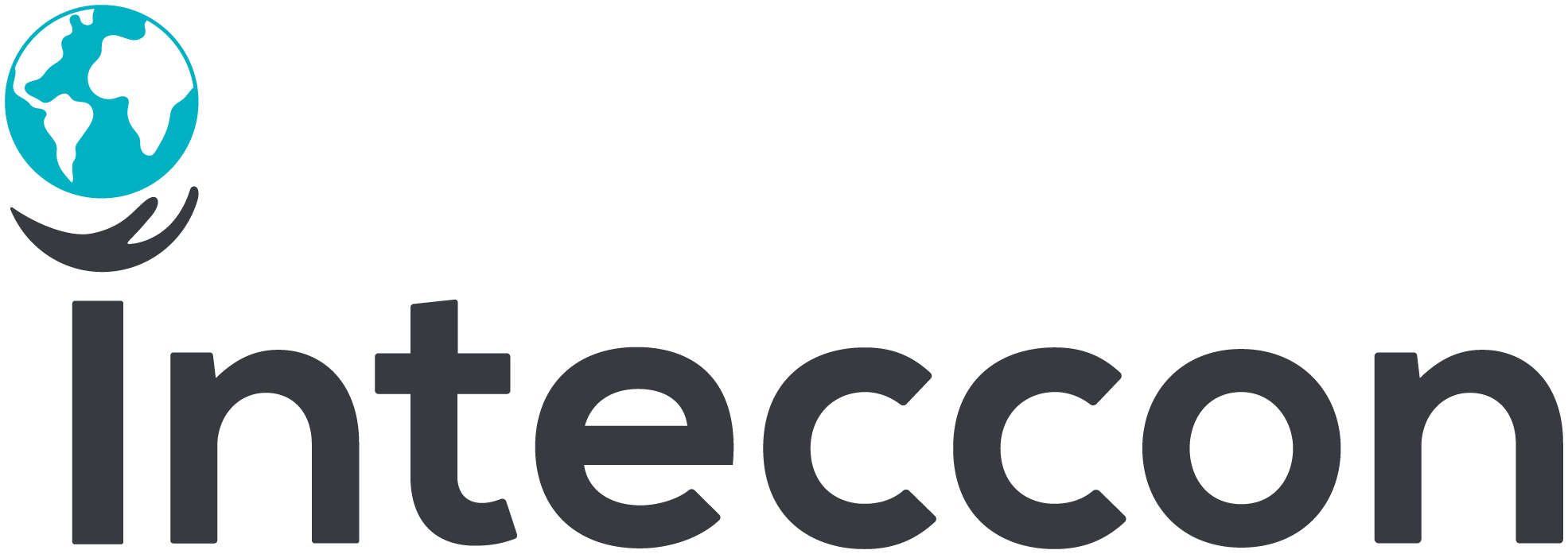The prevention of workplace hazards is a key factor in the equation in the ever-evolving landscape of workplace safety, the significance of ensuring the well-being of employees cannot be overstated.
With each passing day, the nature of workplace hazards transforms, necessitating innovative approaches to hazard prevention. This blog delves into the pivotal role of technology in this journey – a transformative force shaping the way we identify, assess, and mitigate workplace hazards.
As we explore the evolution of workplace hazard prevention, we will unveil the remarkable impact of technology on safeguarding employees and enhancing workplace environments.

Technological Advancements
When it comes to preventing workplace hazards, technological advances have ushered in a new era of safety. Here, we explore four key areas where technology is having a profound impact:
- IoT and Real-time Monitoring: The Internet of Things (IoT) enables real-time monitoring of workplace conditions, allowing for immediate hazard detection and response. Sensors and connected devices collect data on environmental factors, ensuring proactive safety measures.
- AI and Predictive Analytics: Artificial Intelligence (AI) and predictive analytics use historical data to forecast potential hazards. This proactive approach empowers organizations to implement preventive measures and reduce risks.
- Wearable Devices for Safety: Wearable devices equipped with monitoring tools provide workers with real-time safety information. From smart helmets to wearable gas detectors, these technologies enhance personal protection and hazard awareness.
- Robotics and Automation: Robots and automation technologies are employed in hazardous environments, minimizing human exposure to risks. These systems can perform tasks that are dangerous for humans, further reducing workplace hazards.
Each of these technological advancements plays a crucial role in enhancing workplace safety, demonstrating how innovation is reshaping the landscape of hazard prevention.

Benefits of Technology
Embracing technology in workplace hazard prevention yields a multitude of benefits:
- Improved Hazard Detection: Technology enhances the precision and accuracy of hazard detection systems. Sensors and real-time monitoring identify risks swiftly, ensuring a safer work environment.
- Faster Response and Mitigation: Rapid hazard identification allows for immediate response and mitigation. This translates to reduced injury rates and minimized property damage.
- Data-Driven Decision-Making: Technology generates data that empowers data-driven decision-making. Organizations can pinpoint recurring hazards, allocate resources effectively, and implement targeted preventive measures.
- Enhancing Employee Safety Culture: When employees witness the commitment to safety through technological measures, it fosters a culture of safety consciousness. Workers feel valued and protected, leading to increased safety compliance and engagement.
These benefits underscore the pivotal role of technology in reshaping workplace hazard prevention and promoting a safer work environment.

Challenges and Considerations
While technology offers substantial benefits, it also comes with a set of challenges and considerations:
- Integration and Compatibility: Ensuring that new technology seamlessly integrates with existing systems and is compatible with the work environment can be complex.
- Data Security and Privacy: Protecting sensitive data generated by hazard prevention technology is crucial. Adequate security measures are needed to safeguard against breaches.
- Training and Adaptation: Workforce training and adaptation to new technologies are essential for successful implementation and utilization.
- Cost-Benefit Analysis: Conducting a thorough cost-benefit analysis helps organizations assess the financial implications of adopting new technology for hazard prevention.
Addressing these challenges thoughtfully is vital to harness the full potential of technology in mitigating workplace hazards while maintaining data security and ensuring a positive return on investment.
Conclusion
Technology has emerged as a powerful ally in the ongoing battle to prevent workplace hazards. Its impact spans from real-time monitoring to predictive analytics, significantly improving hazard detection, response times, and data-driven decision-making. This transformation not only safeguards employees but also nurtures a safety-conscious culture within organizations.
However, it’s essential to address challenges such as integration, data security, training, and cost-effectiveness to fully leverage the benefits of technology. As we look ahead, technology will continue to shape the landscape of workplace safety, ensuring a safer and more secure environment for all.
